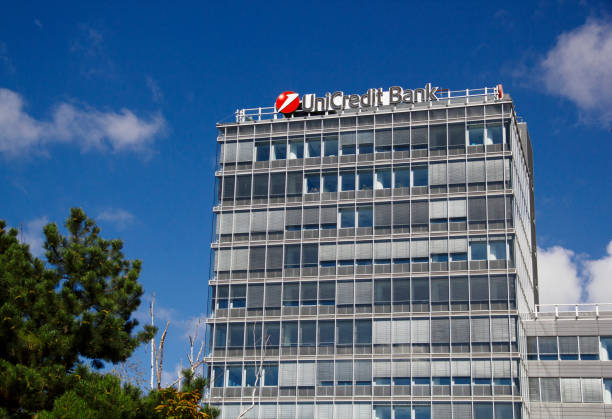Wall Street’s major firms have said that a bad year for dealmaking has reached a low point. Now, some companies are merging, giving hope to investment banking revenues after a poor third quarter.
Data from Dealogic showed that investment banking revenues worldwide fell 16% during the third quarter compared to a year ago. Bankers are sounding more optimistic about the pipeline of transactions after Exxon Mobil (XOM.N)., and Chevron CVX.N announced both acquisitions worth more than $50 billion.
These takeovers and a new resurgence in initial public offerings (IPOs) should boost investment banking revenue next year.
Peter Orszag, CEO of Lazard, told Reuters that “this is going to be a bit of a flurry, with some announcements and others not,” in an interview. He said that there was “definitely” a difference compared to six to nine months ago, and the M&A market is “bottoming out.”
Orszag said that client discussions had become more positive over the last few months. He took on the role of CEO earlier this month. The independent investment firm on Thursday failed to meet Wall Street’s expectations for the third quarter profit as its advisory division struggled with a long-term slump in dealmaking.
Ted Pick, the newly appointed CEO of Morgan Stanley, who will assume the role in January, was equally upbeat. He told CNBC Thursday that the “forward pipeline” has grown sequentially larger with every passing month. He stated that mid-cap and large-cap M&A in all industry groups was “seen to be the most exciting part of the cycle.”
Pick stated that the forward pipeline was the most relevant indicator, given the 3- to 6-month delay before the deals are closed.
Morgan Stanley lags behind its peers during the third quarter. Investors were disappointed by the lagging dealmaking. Shares fell more than 6% when results were released on October 18. Shares rose by 1% on Thursday.
According to Dealogic, global investment banking revenues were $50 billion during the first three-quarters of the year, which is 20% less than the same period in 2020.
CONSERVATIVE OUTLOOKS
The economic climate is uncertain, so the predictions for 2024 are conservative. Wild cards include U.S. inflation, interest rates, and conflicts in Ukraine and the Middle East.
Mike Mayo is an analyst with Wells Fargo. He predicts that investment banking revenues will rise between 5% and 10% in 2019. Activity will be subdued compared to the blockbuster 2021 year.
Citigroup CEO Jane Fraser said on a recent conference call that it was difficult to predict the exact date when deal activity would sustainably recover. The bank advised Exxon in its acquisition of Pioneer Natural Resources, announced earlier this month.
Fraser stated that companies are more active at issuing debt and have started to offer more leverage financing for their key clients. However, the outlook of IPOs is more fragile.
Barclays has tracked nearly half of the campaigns this year that have been driven by activist investors. This is despite a tougher financial market.
Engaged Capital, which is the owner of The North Face, called on VF to sell non-core assets. Starboard Value suggested that News Corp (NWSA.O. HTML0) spin off its digital property division, and Jana Partners recommended Frontier Communications (FYBR.O. sell itself.
Bank of America’s earnings were expected to be broadly stable after investment banking fees increased by 2% in the third quarter. This was aided by deals made by bankers who serve middle-market companies.
Brian Moynihan, CEO of the company, told analysts that he would double the team’s size again. He did not specify staffing numbers.
Goldman Sachs CEO David Solomon, who recently reported earnings, was more optimistic than his peers despite the fact that investment banking fees were largely flat in the third quarter.
He told analysts in a conference call after earnings that if conditions remain favorable, he expects a continued recovery of both the capital markets and strategic activities.
Reporting by Tatiana Bautzer, Lananh Nguyen and Svea Herbst Bayliss. Additional reporting by Svea Autumn-Bayliss. Editing by Megan Davies, David Gregorio.
* European Central Bank President Christine Lagarde attended the European Union Summit in Brussels
- These restaurants dominate the U.S. market for ethnic restaurants. These restaurants range from quick-service places with limited menu options to upscale eateries offering a variety of items. They offer a variety of authentic and Americanized ethnic food, including dishes with a unique flavor. Italian, Chinese, and Mexican are the three most popular types of ethnic restaurants. Indian, Thai, and Caribbean restaurants are also popular. Other ethnic restaurant types include English, French, Germans, Japanese, Korean, Mediterranean, Vietnamese, Thai, Caribbean, and English. In areas with a diverse culture, like large metropolises, an even greater variety of ethnic restaurant types can flourish.
